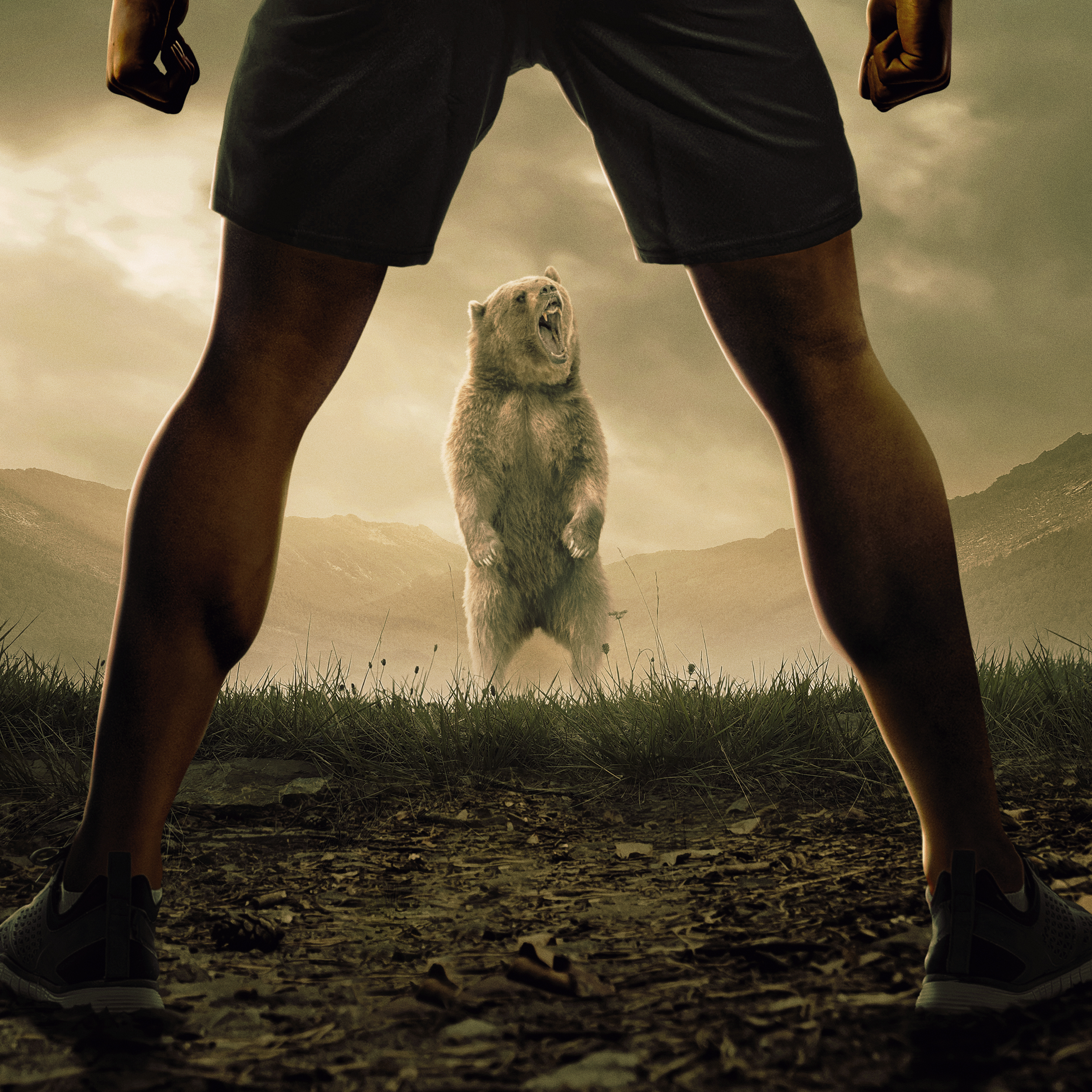

Scrivener has a very useful Snapshot feature to help protect you from yourself. This mode gives you a really focused workspace with no annoying background distractions and, correspondingly, the copy just flows. The text page can be left, centre or right, while the background can fade to black or have a sliding scale of opacity for displaying research materials.
#Bear vs macjournal plus#
Plus there are excellent presentation tools, such as the ability to flip background layouts to a corkboard for attaching virtual notes, or the wonderful Full-screen mode, which was a real winner with us here, the screen moves to an Aperture-like setting with controls that look much like OS X's Core Image controls at the foot of the page. It's a mercifully simple interface, but all you need is here. The right-hand panel is loaded with opportunities to add metadata to the elements, while the header bar gives you a simple palette of tools, ranging from a highlighter to different display options. The main top-to-bottom central panel displays text or a mixture of research and draft copy as you like. The left-hand panel is a tree of fall-down menu tabs. Presumably his career as a writer has brought a creative sense to bear that some other coders can only guess at. But beyond using familiar building blocks, Blount has been clever at setting how navigation is managed, too. That approach could be worth bearing in mind.The layout is pure Apple with all the familiar OS level text support and Cocoa coding, such as the Inspector tool. As a mnemonic device, therefore, it may help to think of an actual bear as having a presence (and being something you do not want to carry). But if your intentions are laid bare, you’ve run out ways to disguise them and if your cupboards are bare, you’ve eaten all the food. Someone with a cross to bear is carrying a metaphorical weight. When choosing between bear and bare, consider that most uses of bear imply the presence of something, while bare suggests a removal or absence. It can refer to "any one of a group of large and heavy animals that have thick hair and sharp claws and that can stand on two legs like a person," and it has a number of figurative meanings, including "something that is difficult to do or deal with.” BEAR Phrases ‘Bear’ as a nounīear is the only one of these two words that is used as a noun. You don’t want the bear facts, unless you are interested in grizzlies or Winnie the Pooh. If you email someone asking for just the most basic and unadorned information, you want the bare facts. If you can open a tight pickle jar with your bare hands, it means you don’t need to hold a potholder or the corner of your shirt to get at that briny goodness.īear, on the other hand, is not an adjective, although the noun form of the word can function like an adjective when it is used to modify other nouns-think bear market, bear habitat, or bear cubs.

A bare majority is the smallest possible majority the bare minimum is the least amount. A bare-knuckle brawl is one between two fighters who are not wearing gloves. ‘Bare’ and ‘bear’ as adjectivesīare as an adjective has a number of possible meanings (including “lacking clothing,” “mere,” or “without amplification or adornment”). You want your pear tree to bear pears, not to be bare of pears. loans that bear interest), or “to produce fruit,” among other definitions. Bear can also mean “give birth to,” “produce as yield” (e.g. “The right to bear arms” means the right to carry weapons (“the right to bare arms” would mean the right to wear short sleeves). When you can’t bear to hear a sad song, you can no longer “accept or endure” it.

The verb form of bear has a much wider range of meanings. If you’re talking about the action of uncovering or revealing something, the word you want is bare. “Baring your soul” to your bestie means revealing, or uncovering, the truth about how you feel. When your dog bares its teeth, it is removing the covering of its lips from its pearly whites. The first thing to remember when deciding between bare and bear is that, as a verb, bare has only one meaning, which is “to uncover.” Bare can be used for uncovering things both literally and figuratively. You might even say they can be a real bear (cough) to tell apart, but here’s a handy explainer to help you out. Bare and bear are two that people often confuse, not least because they share all four of their letters. These are called homophones ( homo = “similar,” phone = “sound”). The English language contains a fair number of words that are pronounced the same way but differ in meaning or spelling (such as too, two, and to). Yes, this bear (animal) is bare (unclothed)


 0 kommentar(er)
0 kommentar(er)
